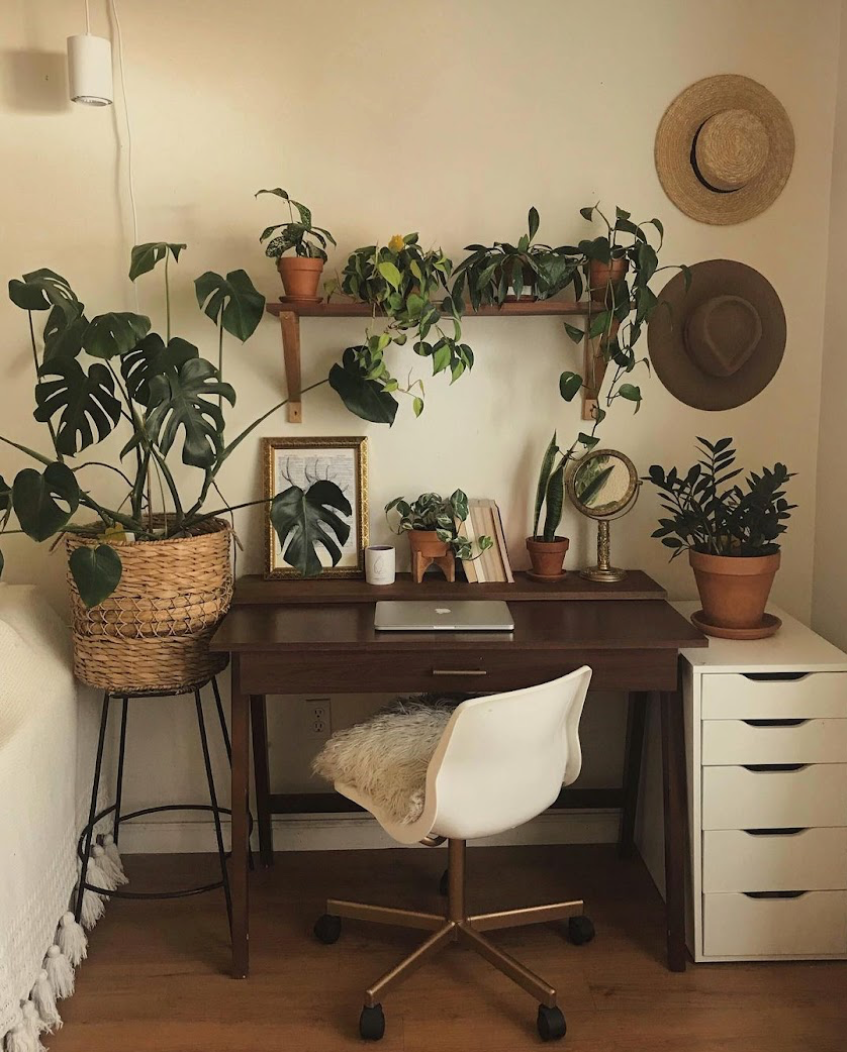
As plant parents, we are always on the lookout for new, innovative ways to help our plants flourish. The latest rage in planting technology is Smart Pots. These fabric pots have grabbed the attention of container garden enthusiasts across the nation, but are these pots worth the excitement? Let’s break it down.
What Are Smart Pots?
Smart Pots are containers made of a porous fabric designed to help plants self-regulate. Unlike typical ceramic or plastic planters, these pots allow airflow and water absorption to support your plants' health in all environments.
Smart Pots can be used just as well indoors as outdoors, and are lightweight enough to easily transport. This means you can move your outdoor gardens inside with ease for the winter months, and back outside again come spring!
Smart Pot vs Classic Pot
Root Growing Patterns
A common issue with typical ceramic pots is that the roots can quickly grow out of control. When our plants are thriving and growing rapidly above the soil, their roots are behaving similarly below; but unlike sprouting into the open air of our home, these roots have nowhere to go but to circle around themselves.
Because of the fabric that the Smart Pot is crafted with, roots can prune themselves by growing feeder roots when the main root meets the side of the pot, rather than continue growing the main root. When main roots grow too long, the nutrients and water need more time to reach the plant, reducing growth above the surface. When feeder roots grow, however, the main root is supplied with nutrients and water easily and growth ensues.
Temperature Regulation
Another benefit of the porous material is that roots will stay cool! When planted in the ground, roots are able to stay in their desired, moist environment at a cool temperature. When planting in pots, however, heat can get trapped and cause distress for your plant.
The Smart Pot regulates the temperature inside the pot by allowing airflow throughout, letting hot air escape, and keeping the roots comfortably cool. This feature is particularly beneficial if you live in a hot, humid environment that is difficult to control indoors.
Watering
 Photo Courtesy of Treehugger
Photo Courtesy of Treehugger Overwatering houseplants is a fate most everyone has fallen victim to. In typical ceramic planters, water tends to collect on the bottom and cause soggy soil. On the flip side, the top of the soil dries out quickly and requires more watering, leading to a cycle of soggy roots and dry topsoil.
Since the Smart Pot is made from a porous material, it is able to absorb excess water and let it drain through the pot. This material also distributes water throughout the entire pot, relocating water to drier areas. Ceramic pots typically need to sit atop a water tray to catch drainage, but Smart Pots must always be placed on a drainage tray because of the material. If you forget to place a tray under your Smart Pot you can expect a puddle of water to accumulate beneath your plant rather quickly.
Final Thoughts
Overall, we think Smart Pots are worth giving a shot! Especially if you have been having issues with unequal water distribution throughout your soil or have struggled to keep your plant lively because of suboptimal roots, this pot can be a useful step in fixing these problems. If, however, your plants have been thriving and you see no reason to make a change, your classic ceramic pots can serve you and your plants just fine!
If you’re a new plant parent, a Smart Pot might be a great component of an indoor-garden starter kit! Pair a Smart Potwith a beautiful indoor plant and a growlight to start adding greenery to your indoor space. Also consider some points we didn’t touch on here, such as the flexibility of the container that helps with storage, the price point, and your own personal aesthetic! Visit the company website for more information and guidance on purchasing.
Sources:




